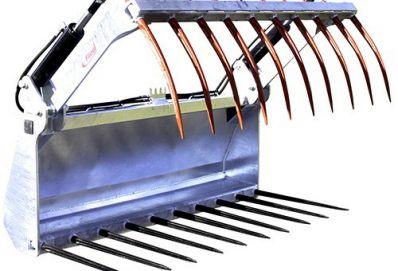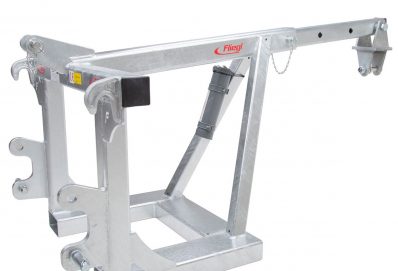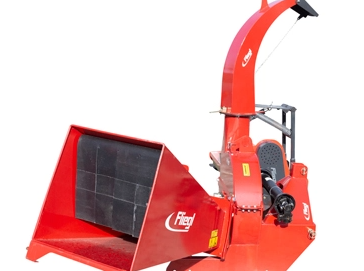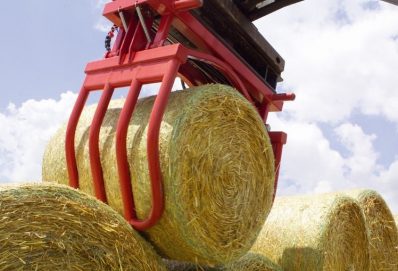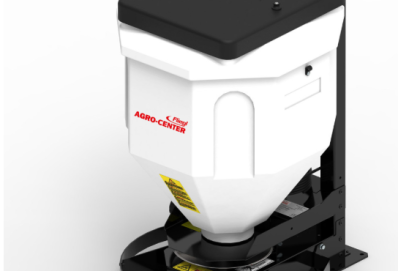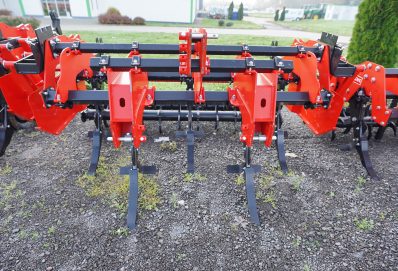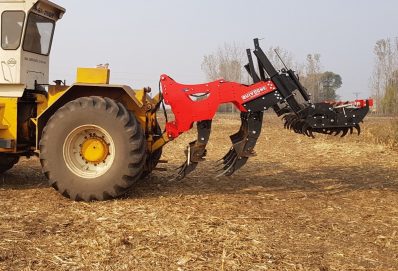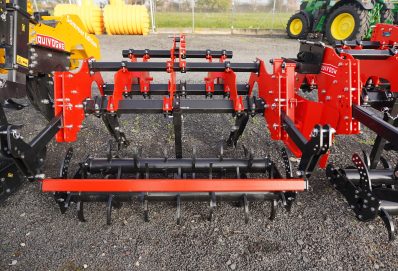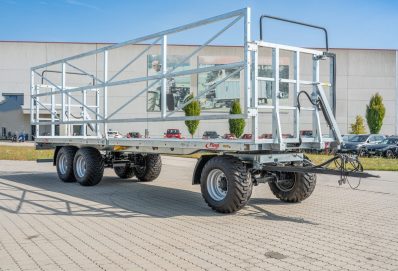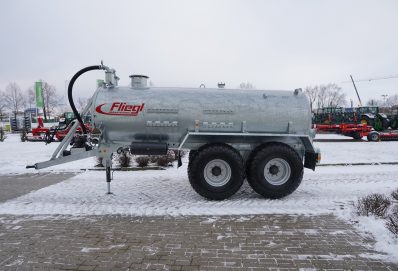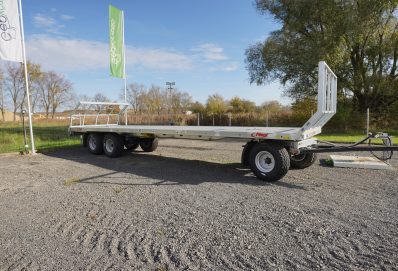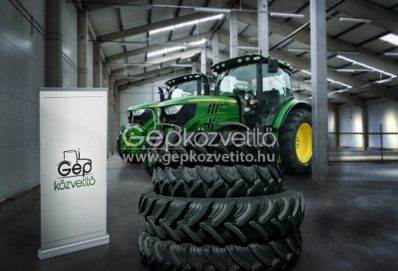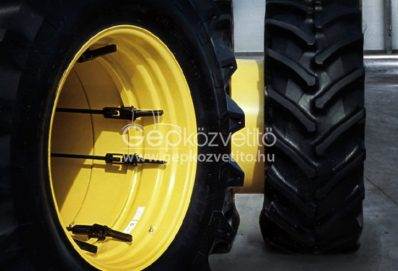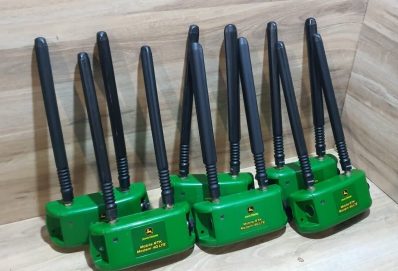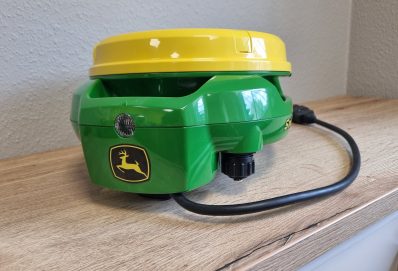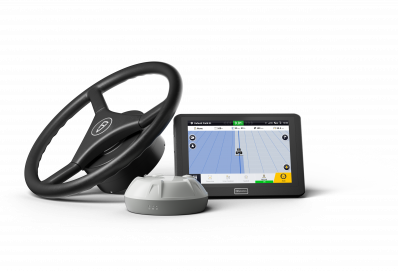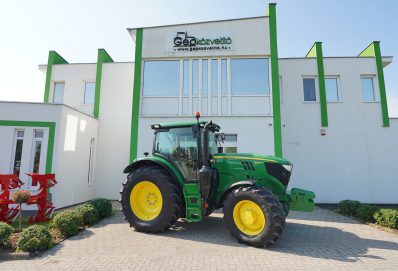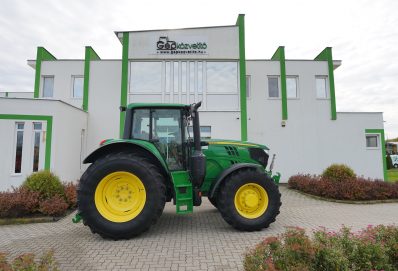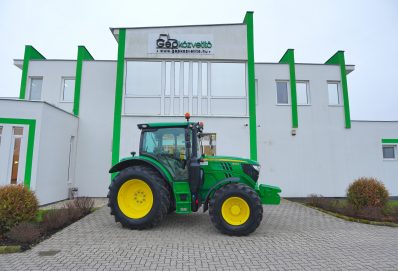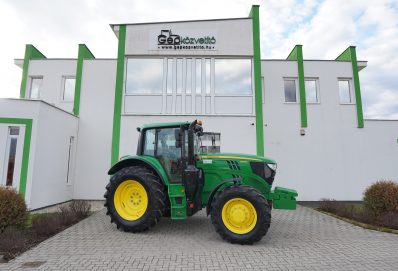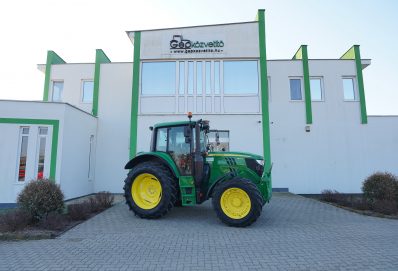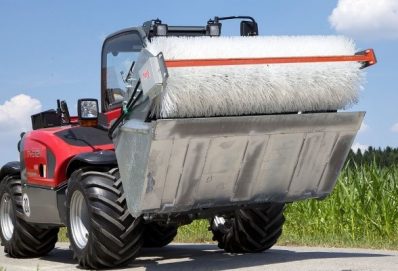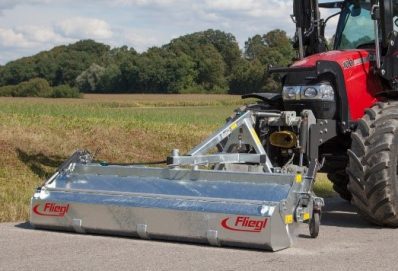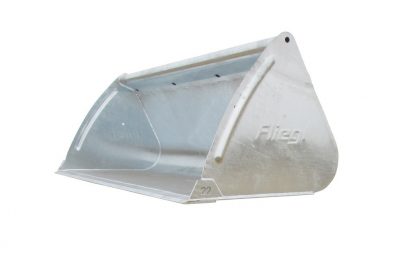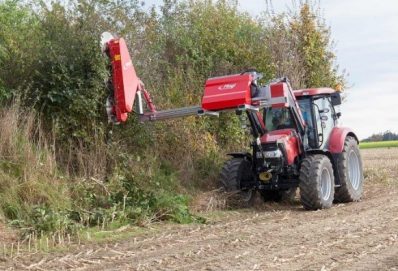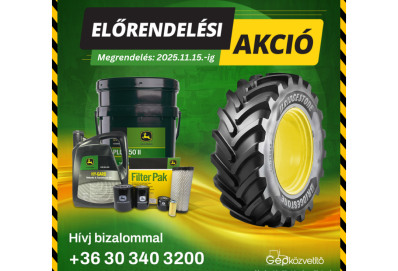Spraying: when, what and how?
2023. May 26.As spring arrives, the spraying season begins.
Whether it’s any kind of plant or fruit tree, pests and fungi are always a problem.
Pesticides can help to prevent major damage and prevent major crop losses due to pests.
But to do this, you need to know when, what and how to spray.
What to look out for when spraying?
The good weather is here and the gardening and farming season has begun.
Spraying is very important at this time of the year, as the first and most important thing is plant protection.
This will determine to a large extent what and how it will grow that year.
It is important that it is used professionally, otherwise not only the plant can be endangered, but it can also have a bad effect on us.
It is therefore no coincidence that certain products are divided into three categories according to their danger.
The versions in the first two categories can only be purchased if you have a licence to use them.
Those in the third category are free for use, and therefore easy for anyone to use.
Rules for spraying
Before spraying, be sure to read the information on the spray, the instructions for use and how to apply the spray.
Always mix only as much as you are going to use, it is not a good idea to store them as this can be dangerous.
Remember to wear protective clothing and a mask when using, especially if you choose a manual solution.
Machine spraying is a different matter, although it is also important to be careful.
The chemical enters the body not only through the respiratory tract but also through the skin.
As for the time of day, temperatures between 10 and 25 degrees are best, because while the product is less effective in cold temperatures, it can damage plants in hot weather.
Add to this the fact that spraying in windy weather is not allowed, as the product itself is wasted, but in many cases it gets to places it shouldn’t.
There is also no point in spraying before it rains, as the rainfall will wash it off anyway.
If you are spraying fruit trees, for example, make sure you cover the seedbed.
In the case of trees, work from the top down, making sure you apply enough of the pesticide to cover the whole tree.
Wash spraying
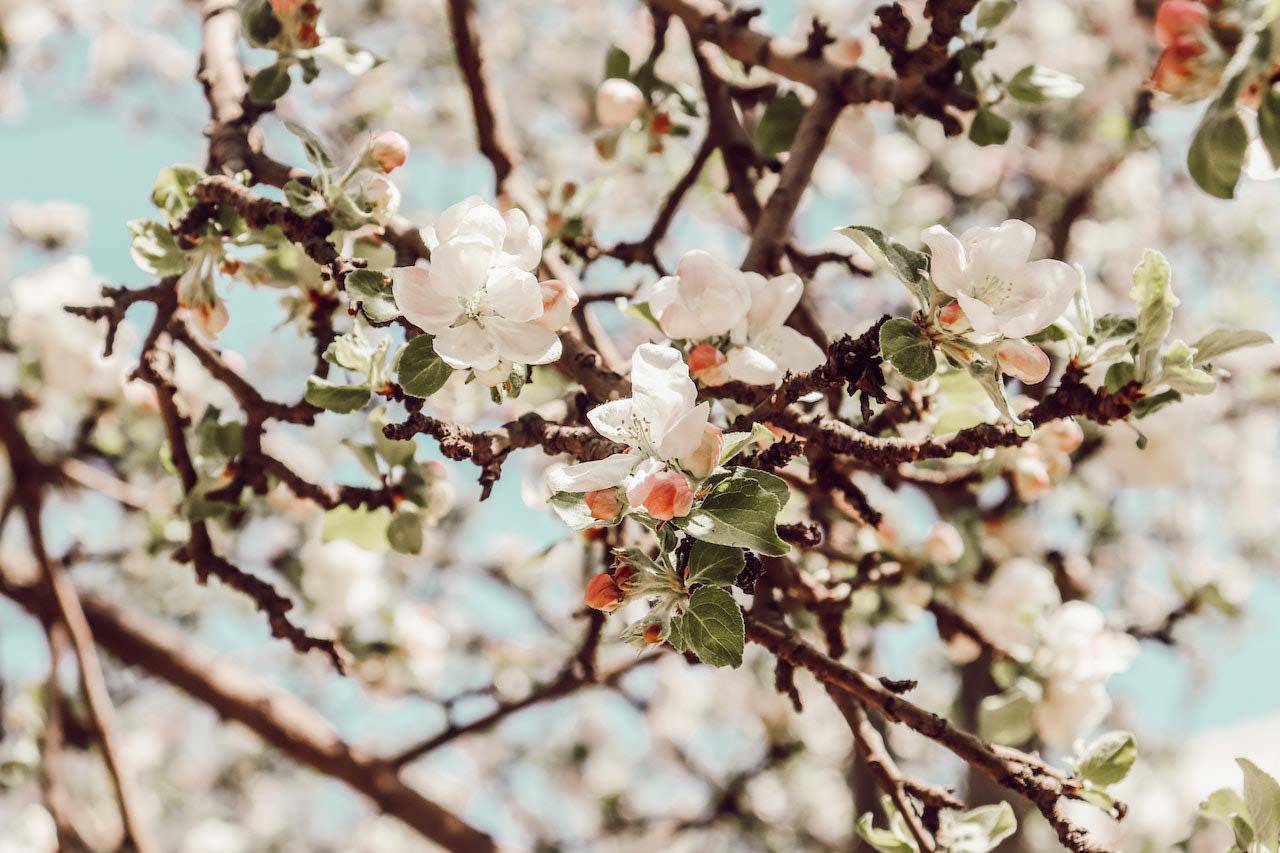 The spring foliar spray should be done before bud break, so you can easily rid the plant of pathogens and pests.
The spring foliar spray should be done before bud break, so you can easily rid the plant of pathogens and pests.
This will help to ensure a smooth start to the season and prevent leaf curl.
And be sure to make sure that the autumn foliage is cleared, and try to do the job afterwards.
This will also help keep pests away.
Fruit trees and vines
In the case of fruit trees, it is a little more complicated, as it has to be done by species, before bud break, at bud break, after bud break and after petal fall.
Tuber beetle, weevil, monilia, rust, powdery mildew, needle dieback, scab, fungi, viruses and bacteria can also cause a lot of damage.
These not only affect the leaves but also have a detrimental effect on the fruit.
It is best to keep a constant eye on the development of the tree so that action can be taken in time.
However, it is always advisable to spray the vines after bud break.
This will keep all bacteria, viruses and pests away.
Can I spray during flowering?
Many people are wondering what is happening with the flowering.
Opinions are divided on this.
While it used to be thought that spraying was not a good idea, nowadays there are an increasing number of chemicals that are best used when flowering is in full bloom.
It should be added that there is nothing to prevent this time of year, but if you can, wait until the end of flowering, or perhaps spray before flowering.
As regards peaches, however, chemical spraying at flowering is particularly recommended, as there is no other way to control the taffrail disease.
Therefore, it is not possible to generalise about the weeks of the month in which spraying should be carried out in the orchard.



